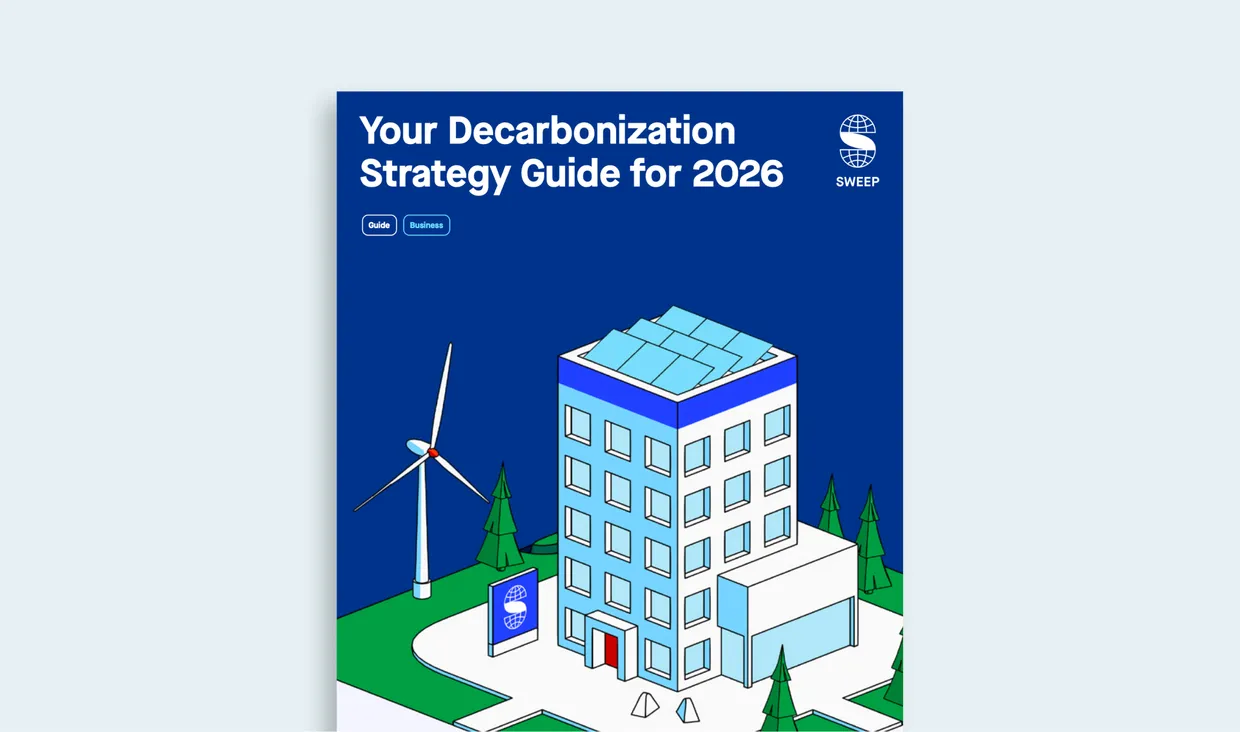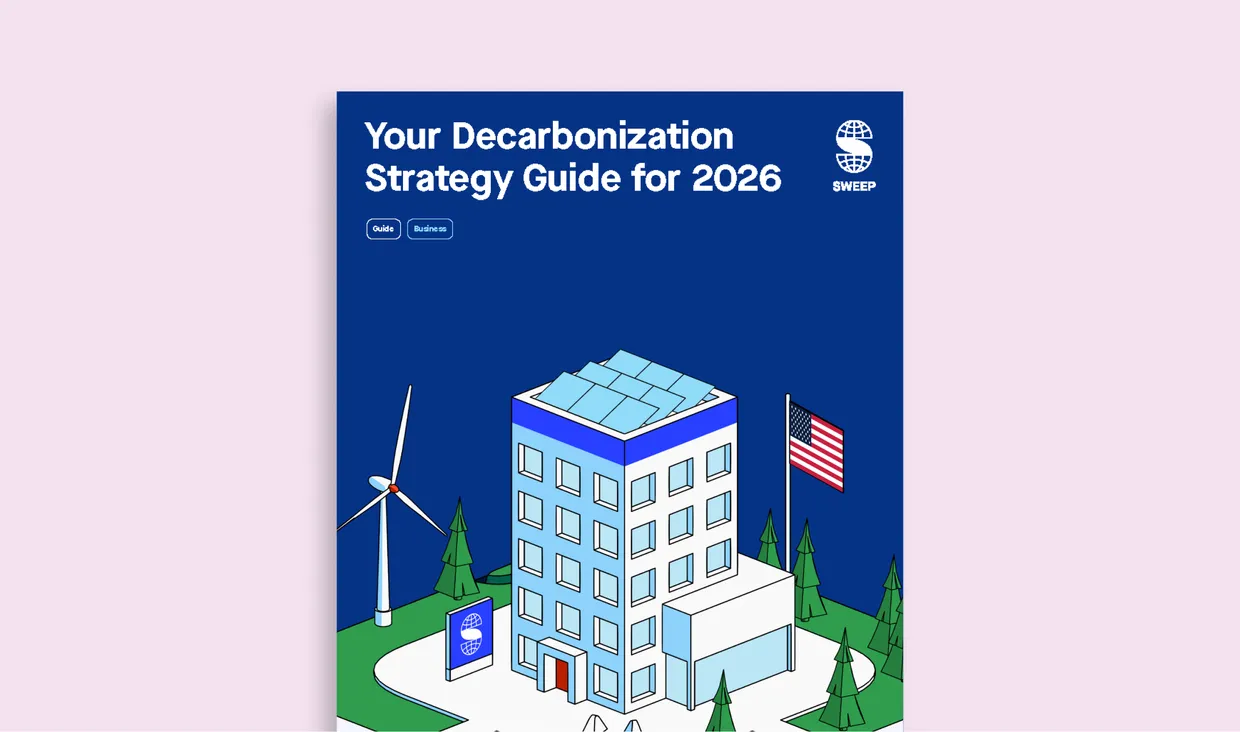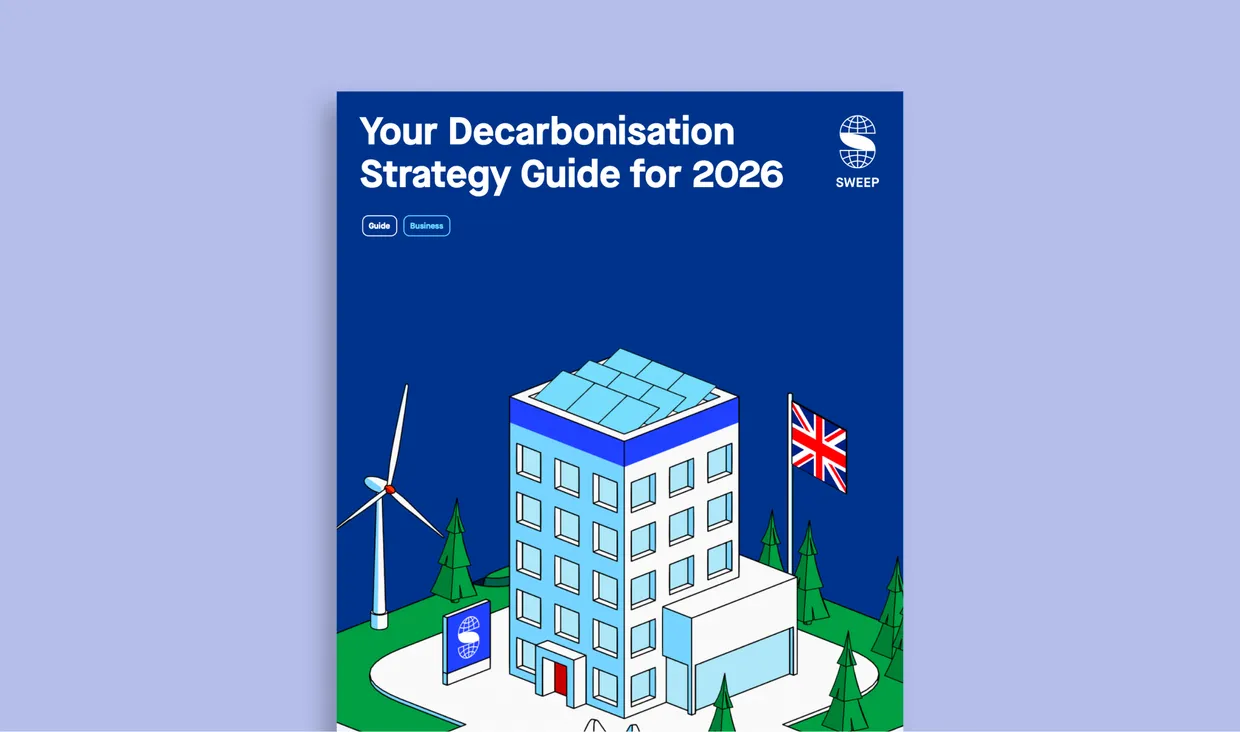Scope 4, or avoided emissions, help companies measure the positive impact of their climate action, in parallel to scopes 1, 2, and 3 (their carbon footprint.)
To go beyond the risks related to climate change and identify the opportunities arising from the transition to a low carbon economy, it’s key to understand which products and services can have a positive impact, and create a metric to quantify this impact. That’s where the so-called “scope 4”, or “avoided emissions” as we call it in Sweep, comes in.
Scope 4 has come up a lot in recent news and annual reports. What is it? How’s it different from scopes 1, 2, and 3? And why report it?
Let’s look into it.
1. What’s scope 4 or avoided emissions?
Let’s first clarify: scope 4 and avoided emissions are two names to define the same thing.
Dating back to 2013, the Greenhouse Gas (GHG) Protocol identified avoided emissions as emission reductions that occur outside of a product’s lifecycle or value chain, but as a result of the use of that product.
For rare earths miner Lynas Corporation and other producers of “critical minerals,” avoided emissions would highlight the difference between the carbon footprint of traditional petrol-powered cars and electric vehicles made from their products.
Amanda Lacaze, CEO and Managing Director of Lynas Corporation, became one of the first Australian business leaders to publicly contemplate the concept of avoided emissions: “As an input to green technologies like hybrid and electric vehicles and emission reduction technologies like catalytic converters, we see the materials we produce having a role to play in scope 4 or avoided emissions, should that become part of carbon accounting in the future.” This came a few days after Macquarie Bank analysts published a list of Australian companies that could benefit from scope 4 reporting.
2. How’s it different from scopes 1, 2, and 3?
The basis of any avoided emission calculation is a baseline scenario, or what would happen in the absence of action. In the case of an electric vehicle, the baseline could be owning a petrol-engine vehicle – but it could also be living car-free. This would drastically change the result of the avoided emission calculation. That’s why we must keep in mind that avoided emissions are fundamentally hypothetical. They’re estimates based on assumptions.
For this reason, you can’t equate or deduct your avoided ‘scope 4’ emissions from your induced (scopes 1, 2, and 3) emissions. But that doesn’t mean avoided emissions can’t serve a purpose in carbon accounting. They can show the positive impact of your products and how you’re contributing to global net zero. But to do so, you need to define realistic baselines based on an accurate knowledge of the context, current practices, and future trends.
3. Why track avoided emissions?
Companies can use avoided emissions to help them reach their climate goals, stay competitive, and meet increasing demands from customers, investors, and regulators. The benefits include:
-
Developing and offering low-carbon goods and services to satisfy the demand for sustainable products.
-
Communicating transparently and credibly with investors, regulators, and consumers.
-
Helping consumers make informed, data-driven decisions about purchases.
-
Backing up “avoided emissions” claims – over a third of companies surveyed by the CDP in 2017 claimed to make products that help minimize the carbon footprint of others.
-
Generating valuable information to inform future product creation and transitioning to low-carbon product lines.
“We need a mechanism to help companies capture and track commitments linked to the Paris Agreement,” said Jarlath Molloy, CDSB’s Technical Working Group member. “While not a perfect solution, the concept of Scope 4 (or avoided) emissions does reconcile GHG Protocol principles and decisions that are actually being taken by company boards, with the actions that are expected from companies to reduce CO2 emissions.”
Some companies have already started to include them in their reporting.
Pacific Gas and Electric (PG&E) made some noise recently by reporting “scope 4” emissions in its climate strategy report. The US’s largest utility revealed its multi-decade pledge to rapidly reduce its GHG emissions and reach net zero by 2040 while still using natural gas to produce power. Their “scope 4” goal aims to enable further emission reductions and support national climate goals by:
-
Building energy efficiency and electrification programs.
-
Pushing for the development of electric vehicles.
-
Helping industrial and large customers transition from high carbon-intensity fuels to natural gas.
3. How to do avoided emissions right
In 2020, the NetZero Initiative released guidelines on how organizations can contribute to global net-zero. Co-authored by our VP Climate Action Renaud Bettin, Carbone 4, and a dozen pioneering companies, the framework defines 3 complementary ways of taking action:
-
Reduce their direct and indirect emissions.
-
Reduce the emissions of others by:
-
Offering low-carbon solutions (under certain conditions).
-
Financing low-carbon projects outside of their value chain.
-
Contribute to carbon sinks by:
-
Integrating carbon removal activities within their operations and value chain.
-
Financing carbon sequestration projects outside their value chain.
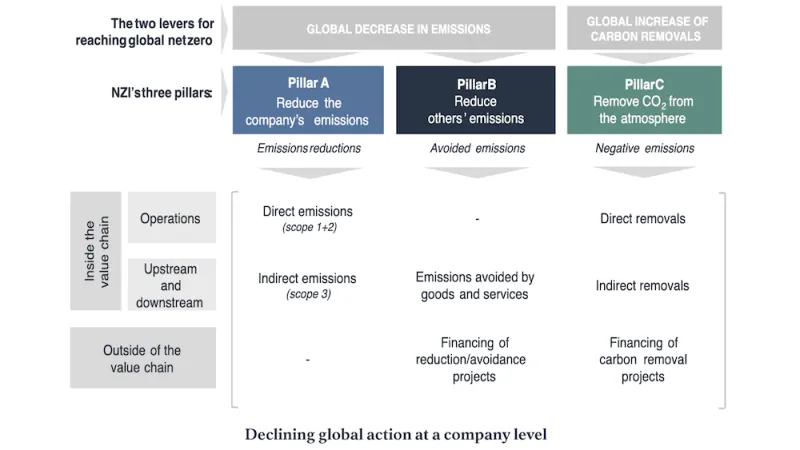
Source: Carbon4
At Sweep, our customers can already track and report avoided emissions, in addition to managing their carbon emissions (scopes 1, 2, & 3) and negative emissions (i.e. carbon removals), so they can tackle all 3 pillars of the Net Zero Initiative’s framework.
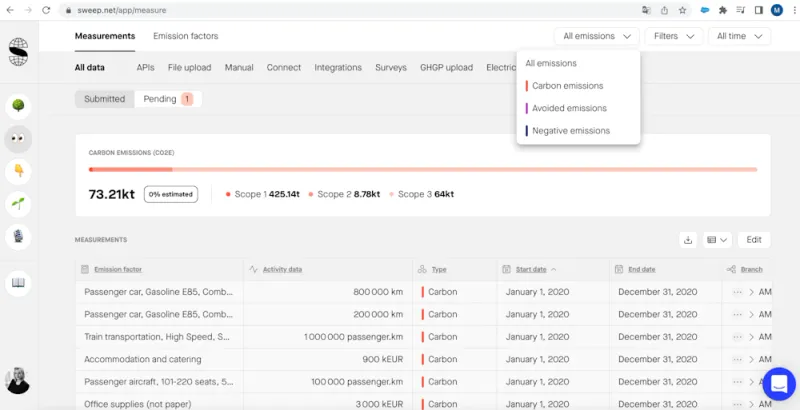
Want to see how it works? Get in touch


